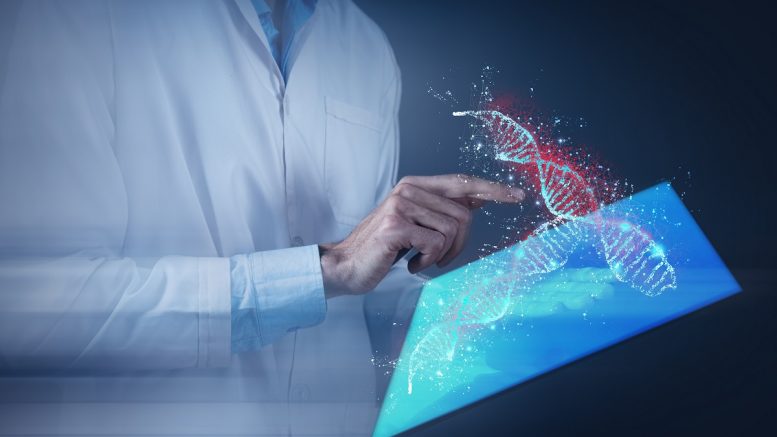The long-awaited eCTD 4.0 standard is now available, though it is not yet mandatory. Life sciences companies can tap into the detail of the standard to lighten the load of dossier preparation and refine their submissions process. Amplexor’s Agnes Cwienczek recommends actions that will bring immediate benefit, while keeping firms compliant with the standard once it is enforced.
The electronic Common Technical Document (eCTD), which allows for the electronic submission of the Common Technical Document (CTD) from pharma applicant to regulator is widely accepted. The recently finalised and published eCTD 4.0 dossier submissions standard will become mandatory in 2026. Unless pharma companies are properly geared up for the new requirements before then, they risk not being able to get new drugs authorised, or changes to existing drugs approved. However, the focus on IDMP has meant that that the urgency around changes to dossier preparation, publishing and submission is often missed.
While the updated requirements for electronic document submissions within the realm of eCTD 4.0 may exhibit a vision and strategy closely akin to those of IDMP, and align with the Health Level Seven (HL7) array of global standards for transferring clinical and administrative health data between applications, the preparations for compliance have limited overlap with IDMP. It is the shared intent but divergent implementation that underscores the renewed significance of pharmaceutical companies formulating a comprehensive strategy for consistent vocabularies, essential keywords, and content tagging.
A technology and people challenge
The benefits of eCTD 4.0 compliance include more streamlined submissions. Instead of dossiers being created hierarchically with different folder levels and dependencies, these will now be generated dynamically using metadata, key words and document types. As well as this, the ability to assign a unique identity to every document within a dossier, such as a clinical trial file, means that companies will no longer have to resubmit pre-approved content as part of new processes – such as new marketing authorisation applications/updates. This ability access previously submitted and already accepted source materials will save a lot of time and work on both sides.
Enhanced content lifecycle and metadata management will also pave the way for greater flexibility and requirements/process harmonisation across different markets – for instance in the way studies are grouped and tagged – to the benefit of all stakeholders as they strive to accelerate the delivery of drugs to market. The emphasis on a flat hierarchy of files and use of key words will also reduce the burden for companies as regulations are updated and tools have to be upgraded, because far less will change in practical terms around the way content is managed.
To maximise the opportunities eCTD 4.0 offers, companies will need to prioritise the designation of a single source of truth for documents within their organisations. But it would be wrong to think that the transition is chiefly technical, affecting the dossier publishing software primarily. Although new capabilities will be needed here to cope with the new XML schema, the flat file hierarchy, the latest PDF compression standards, and the requirement to view dossiers (rather than a browser, as up to now), the greater preparatory work will be around the way that teams work, and where and how content is captured and managed internally.
Contributors and dossier authors will need to be trained in the new way of preparing documents. They will need to be taught to tag content correctly and consistently. They must also become familiar with new ways of viewing and reviewing dossiers before submission.
There is time to get eCTD 4.0 compliance right
Now that the specifics of the eCTD 4.0 standard are known, life sciences companies will benefit from acting now to reduce the burden of dossier preparation and to streamline their submissions process.
It is vital to understand that eCTD 4.0 preparations are at least as important as IDMP preparations, because of the direct link with marketing authorisation/licence maintenance submissions. Allocate a dedicated project and budget for eCTD 4.0 preparations, and develop a roadmap distinct from any work towards IDMP and other Regulatory standards-based initiatives.
Prioritise a review of existing eCTD metadata (e.g. product, substances, manufacturer references), and review this for accuracy, completeness and keyword consistency. Then plan to align vocabularies and data internally so that references are consistent both for eCTD and IDMP.
The next step is to ascertain a clear view and understanding of all documents and their use across different types of submissions (e.g. investigational/trial related vs marketing authorisation applications vs dossier updates). Identify trusted source materials; and where these are located while at the same time incorporating new requirements for PDF compression.
There is time to get eCTD 4.0 compliance right while maximising the benefits for your company. This is much more than a technology refresh. It is important to take the time to optimise business processes and roles within the workforce so that with compliance comes real business benefits.
About the author
Agnes Cwienczek is Director of Product Management at Amplexor, an ArisGlobal company, with a remit including the provision of business process and data management expertise in the areas of Regulatory Information Management, Document Management, Submission Management and Labeling Management. Prior to joining Amplexor, Agnes worked at Merck in its Global Regulatory and Quality Assurance department, a milestone in a career spanning nearly two decades at the frontline of regulatory information management. She holds a Master’s degree in Information Management from the University of Koblenz-Landau in Germany.





